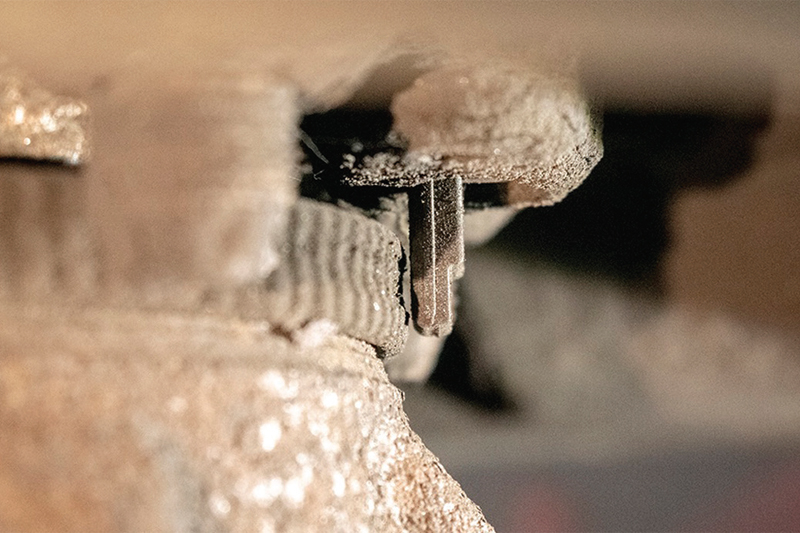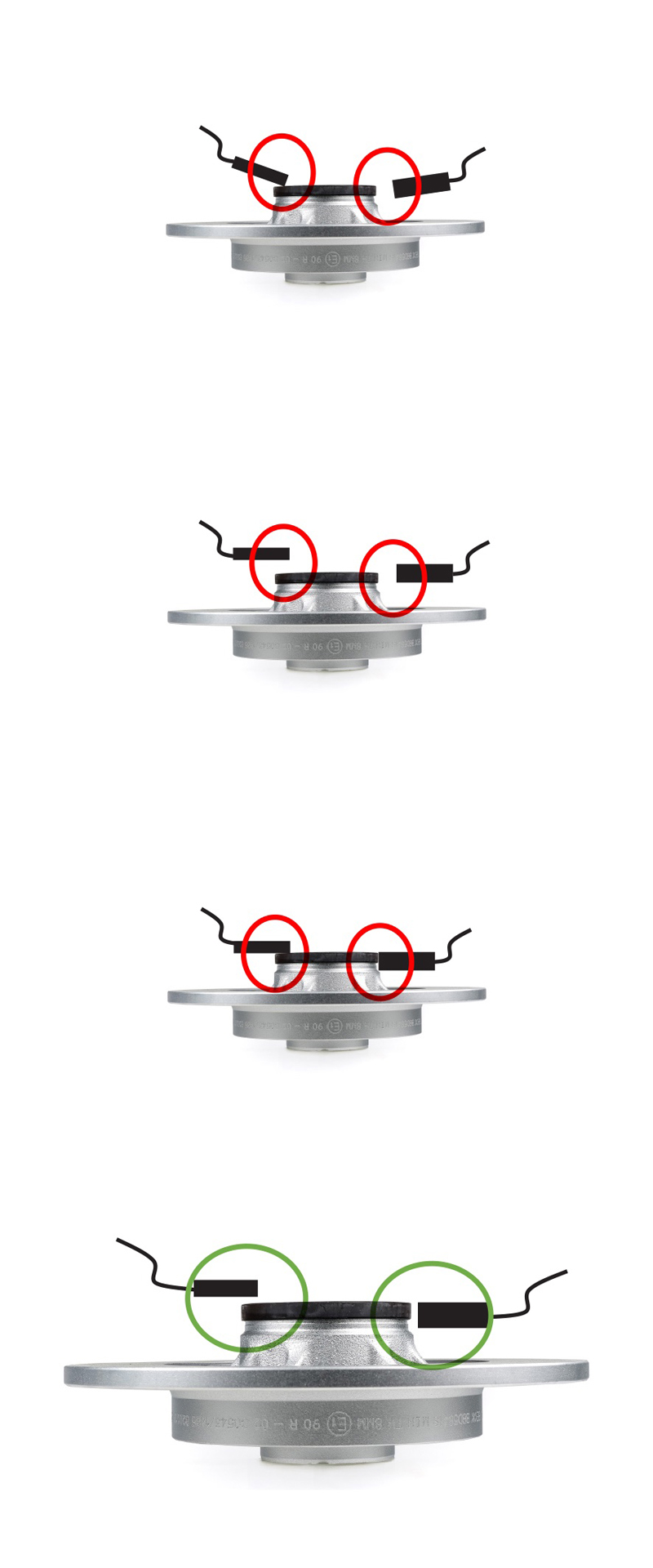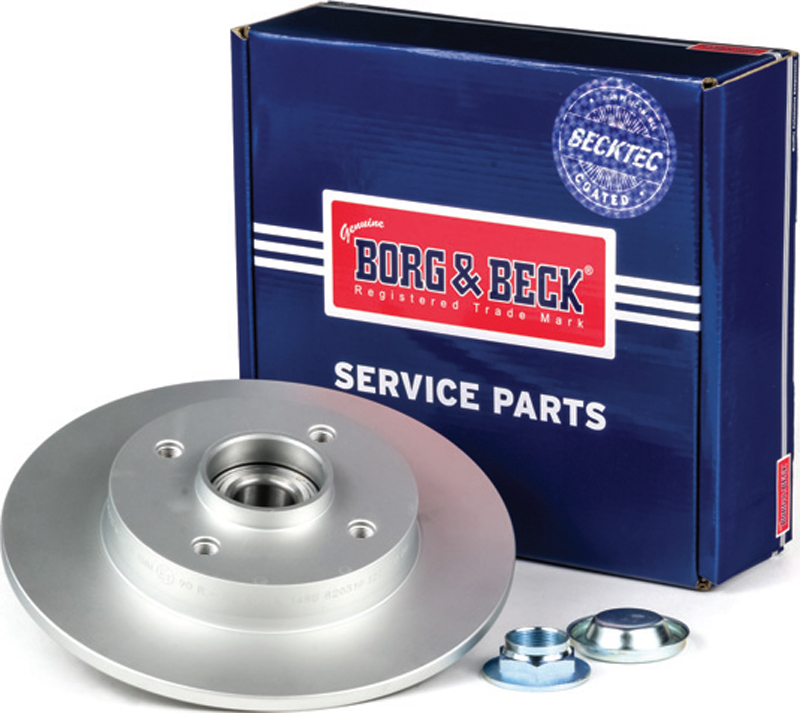
Borg & Beck discusses how to approach the ABS sensors during the installation of rear brake discs on Citroën and Peugeot vehicles.
As more and more vehicles are being fitted with technology to assist drivers, the way that technicians work is being impacted. For example, the ABS sensor, which is often located next to the brake discs, now needs to be considered and checked when changing the discs.
There are common errors with ABS sensor installation, with these usually due to positioning. For instance, when the sensor is not aligned correctly, with alignment either at an angle, too far apart, or even touching. Minor mistakes during installation can be the difference between the component working or being a risk to the safety of the car.
When installing new rear brake discs to Citroën and Peugeot models that have an integrated magnetic seal built in, it’s important to check the ABS sensor to ensure it’s located properly. The ABS sensor gives an accurate measurement of wheel speed rotation and, due to its location, it’s common for rust and corrosion to contaminate the area, which may impact the functionality of the sensor readings when the disc is replaced.
It is therefore vital for technicians to ensure that the location of the ABS sensor is correct. It is possible for corrosion to move the sensor’s position, which may result in a lack of signal and cause the indicator to light up on the dashboard and not work, making it an MOT failure and a safety risk.

If the ABS sensor is touching the magnetic reader or the gap is not aligning correctly, the sensor should be carefully removed, and the rust and corrosion from the ABS sensor seating location thoroughly cleaned.
Once this area has been cleaned, the ABS sensor and brake disc should be reinstalled, with a clear 1-2mm gap visible between the two components.
As good practice, Borg & Beck suggests that technicians should replace both rear disc hubs at the same time to ensure optimum safety and efficiency.
BRAKE RANGE
In addition to providing useful technical information, Borg & Beck offers a range of braking components that includes more than 1,500 brake disc references, and in excess of 6,800 ‘wet’ and ‘dry’ braking components, which provide workshops with the correct replacement solution for all popular applications.










